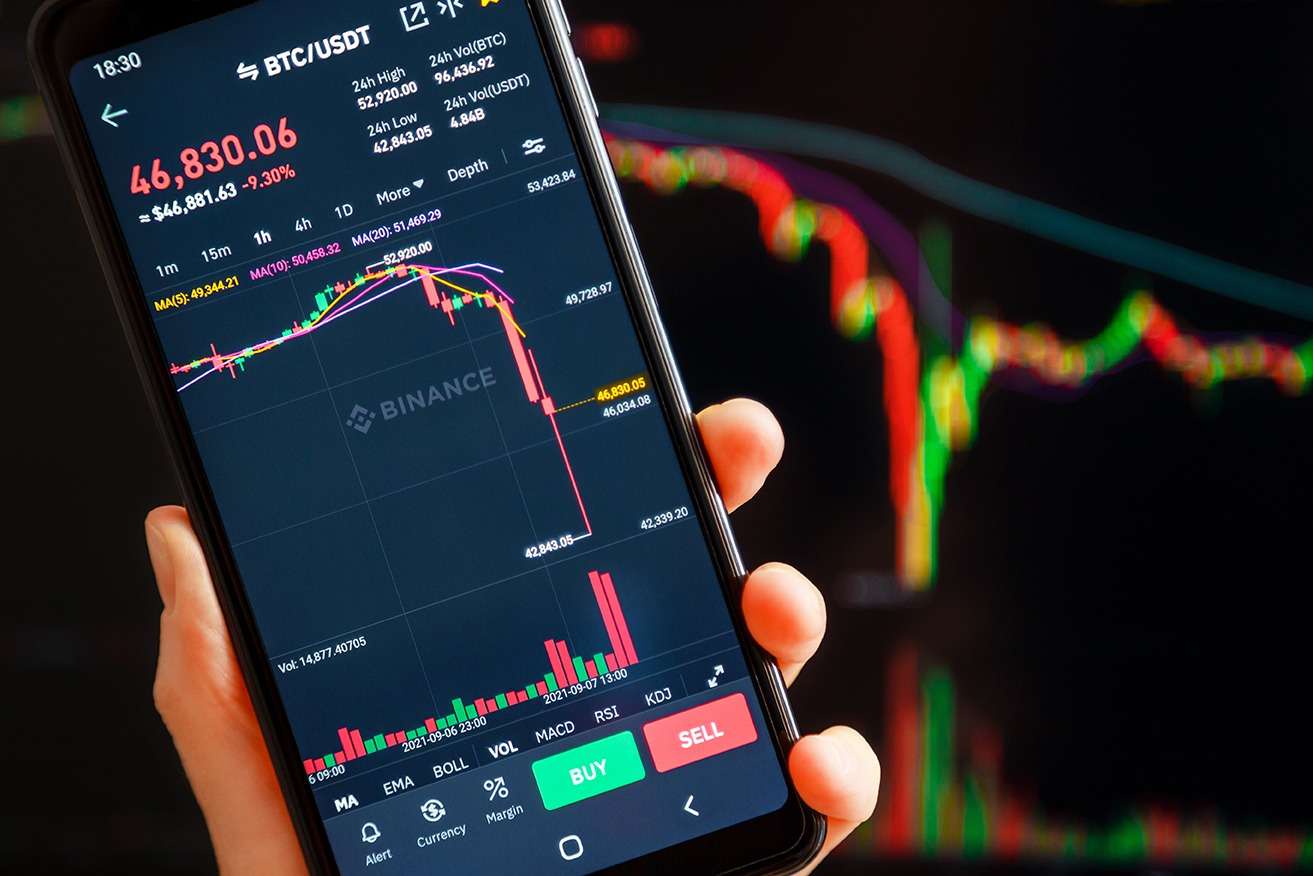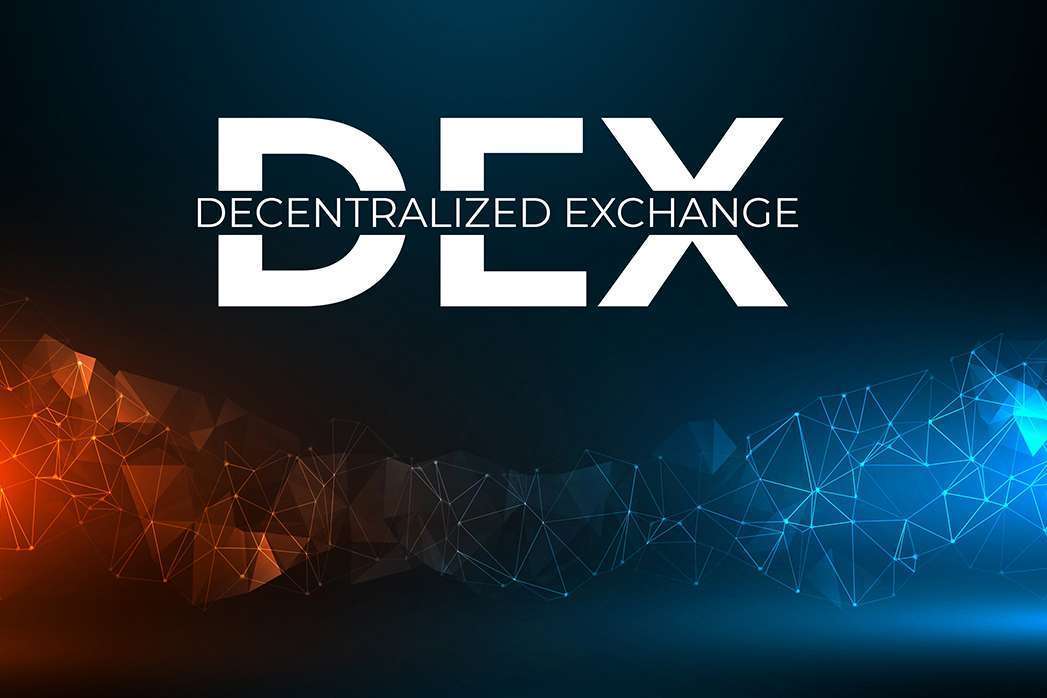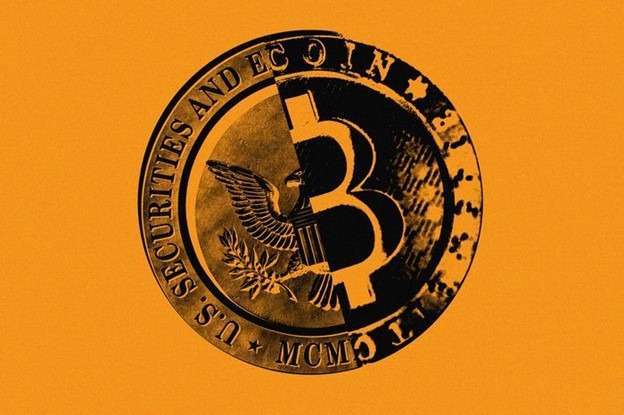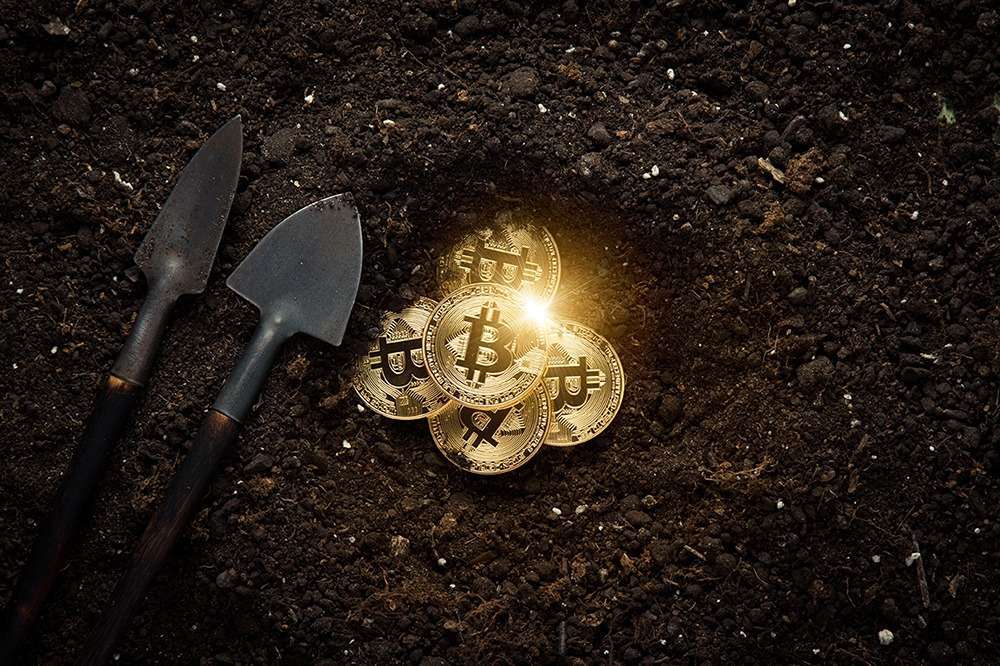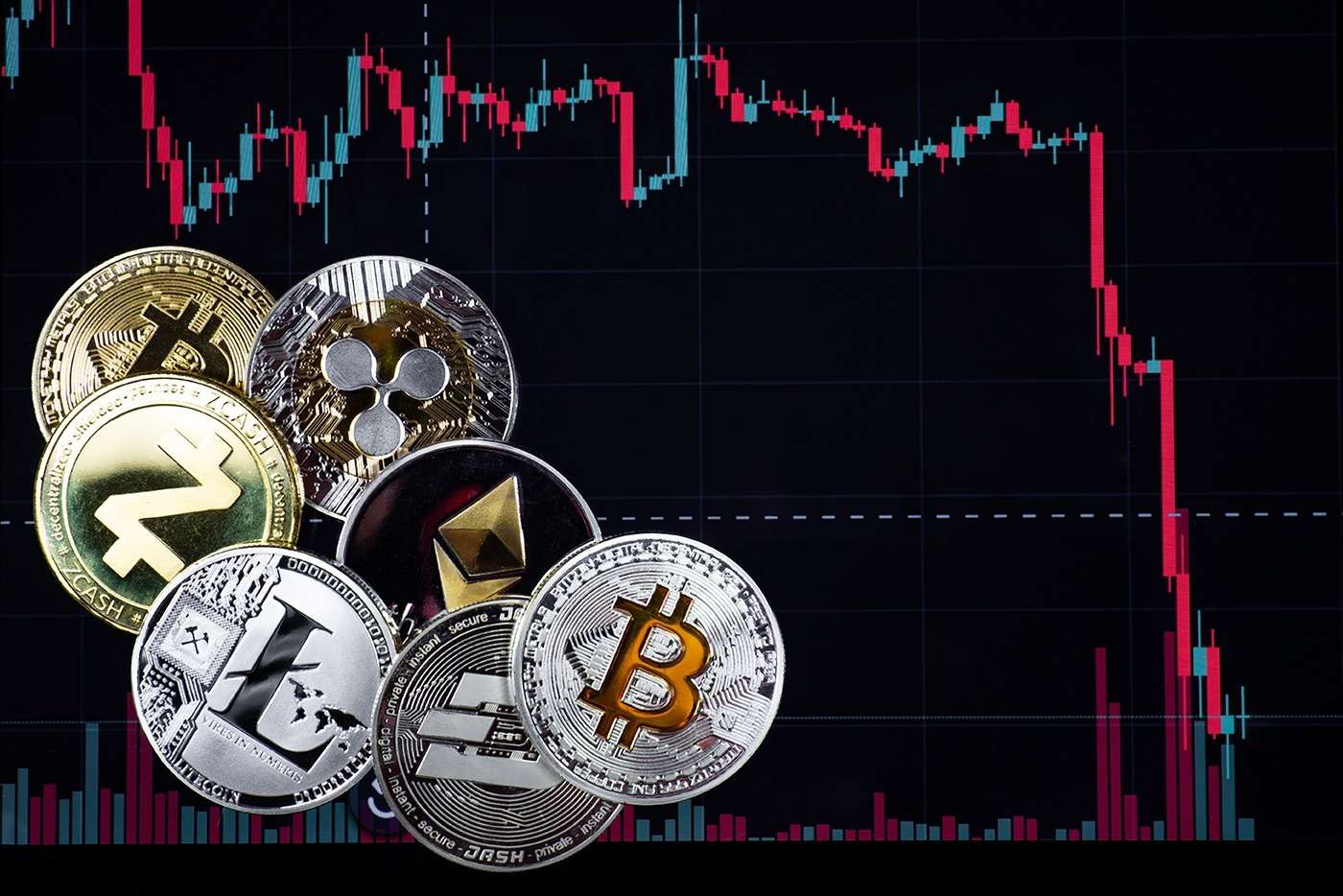Welcome to the crypto world, known for its wild ups and downs that often lead to intermittent liquidation instances. Bitcoin and other cryptocurrencies have a reputation for being risky investments with unpredictable price fluctuations.
Despite regulators’ concerns about this volatility, it also offers investors a chance to make substantial profits, especially compared to more traditional assets like stocks and commodities.
In 2020, during the coronavirus pandemic, Bitcoin outperformed the S&P 500, showing a remarkable 160% increase, while the S&P 500 only managed 14%, and gold saw a modest 22% rise.
On top of this rollercoaster of price swings is the ability to amplify crypto trading positions using derivative products such as margin trading, perpetual swaps, and futures. Derivatives are essentially agreements tied to the value of an underlying asset, enabling individuals to speculate on its future price movements.
Margin trading increases traders’ possibilities of boosting their potential earnings by borrowing funds from a cryptocurrency exchange. Binance, for example, is a good example of a centralised crypto exchange that offers margin trading services.
However, it’s crucial to highlight a significant aspect here. While leveraging borrowed funds can amplify potential gains in your trades, it’s a double-edged sword. The mechanism that enhances profits can also lead to equally swift losses, putting your invested capital at risk.
So, it’s a strategy that demands careful consideration and risk management.
What is Liquidation?
When trading crypto, liquidation occurs when an exchange forcibly closes a trader’s leveraged position because the trader has experienced a partial or total loss of their initial margin. This usually happens when a trader falls short of meeting the margin requirements necessary to sustain a leveraged position, lacking the funds to keep the trade open. Typically, liquidation is a risk associated with both margin and futures trading.
Engaging in leveraged trading is a high-risk strategy where the potential exists to lose your entire collateral, represented by your initial margin, especially if the market takes a significant turn against your leveraged position. Some countries, especially the UK, have even gone so far as to prohibit crypto exchanges from offering leveraged trading products to retail investors. The move aims to shield less experienced traders from the devastating impact of liquidation, preventing them from losing all their invested capital.
To keep tabs on the percentage at which the market needs to move against your position for liquidation, you can use a straightforward formula:
Liquidation % = 100 / Leverage.
For example, if you’re employing 5x leverage, your position becomes vulnerable to liquidation if the asset’s price shifts by 20% against your position (100/5 = 20). It’s essential to be aware of a practical way to manage risk in your trading escapades.
What is Margin Trading?
Margin trading is like boosting your trading power by borrowing money from a crypto exchange. But in this scenario, the lender is the crypto exchange itself. This whole setup lets investors crank up the size of their trades, better known as “leverage.”
Now, a stranger wouldn’t just give you free money, right? Well, in margin trading, the exchange is not too different. They’ll ask you to pony up a certain amount of crypto as a safety net, and they call this the “initial margin.” It’s like an insurance policy for the exchange, just in case things don’t go the borrower’s way in the trade. It’s their safety cushion.
How to Prevent Liquidation
Alright, when you’re playing with leverage, a few tricks are up your sleeve to avoid getting knocked out of the game. One handy move is what is known as a “stop loss.”
So, this stop-loss thing—it’s like a pro-level move. You toss this order onto a crypto exchange, and it’s like giving the exchange a heads-up to sell a specific asset the moment it hits a particular price. It’s your way of putting a safety net under your trades.
When setting a stop loss, you will need:
- Stop price.
- Sell price.
- Size.
If the market hits your stop price, the stop order kicks in automatically, selling the asset at the specified price and amount. Some traders set the selling price lower than the stop price to increase the chances of a quick sale, especially when the market appears to be turning fast.
Now, the main idea behind a stop loss is to put a cap on potential losses.
Let’s break it down with two examples.
Scenario 1
A trader has $5,000 (£3,917) but uses an initial margin of $100 (£78) with 10x leverage to create a $1,000 (£783) position. Setting a stop loss at 2.5% from the entry position means a potential loss of $25 (£19.6), just 0.5% of the total account.
In contrast, the position gets liquidated if this trader doesn’t use a stop loss and the asset price drops by 10%. Remember the liquidation formula above.
Scenario 2
Another trader has $5,000 (£3,917) but uses an initial margin of $2,500 (£1,964) and 3x leverage to create a $7,500 (£5,885) position. With a stop loss set at 2.5%, this trader could lose $187.5 (£147), a 3.75% hit on their account.
Well, here’s the lesson. While higher leverage is usually perceived as risky, it becomes even more crucial when your position size is hefty, as shown in the second scenario. A good rule of thumb is to keep your losses per trade at less than 1.5% of your total account size.
Where to Set a Stop Loss
The key lesson in margin trading is managing risks. Before chasing profits, focus on minimizing losses. Remember, no trading plan is foolproof, so it’s crucial to have strategies in place for when the market doesn’t cooperate.
Setting up your stop losses is a big deal. While there’s no one-size-fits-all rule, many suggest a spread of 2%-5% of your trade size. Another approach is placing stop losses just below the most recent swing low, as long as it’s not so low that you risk getting liquidated before it kicks in.
Also, keep an eye on your trading size and associated risk. Higher leverage means a higher chance of liquidation, and going overboard with leverage is like unnecessarily exposing your capital to more risk.
Image Source: Adobe Stock
Disclaimer: This article is provided for informational purposes only. It is not offered or intended to be used as legal, tax, investment, financial, or other advice.





